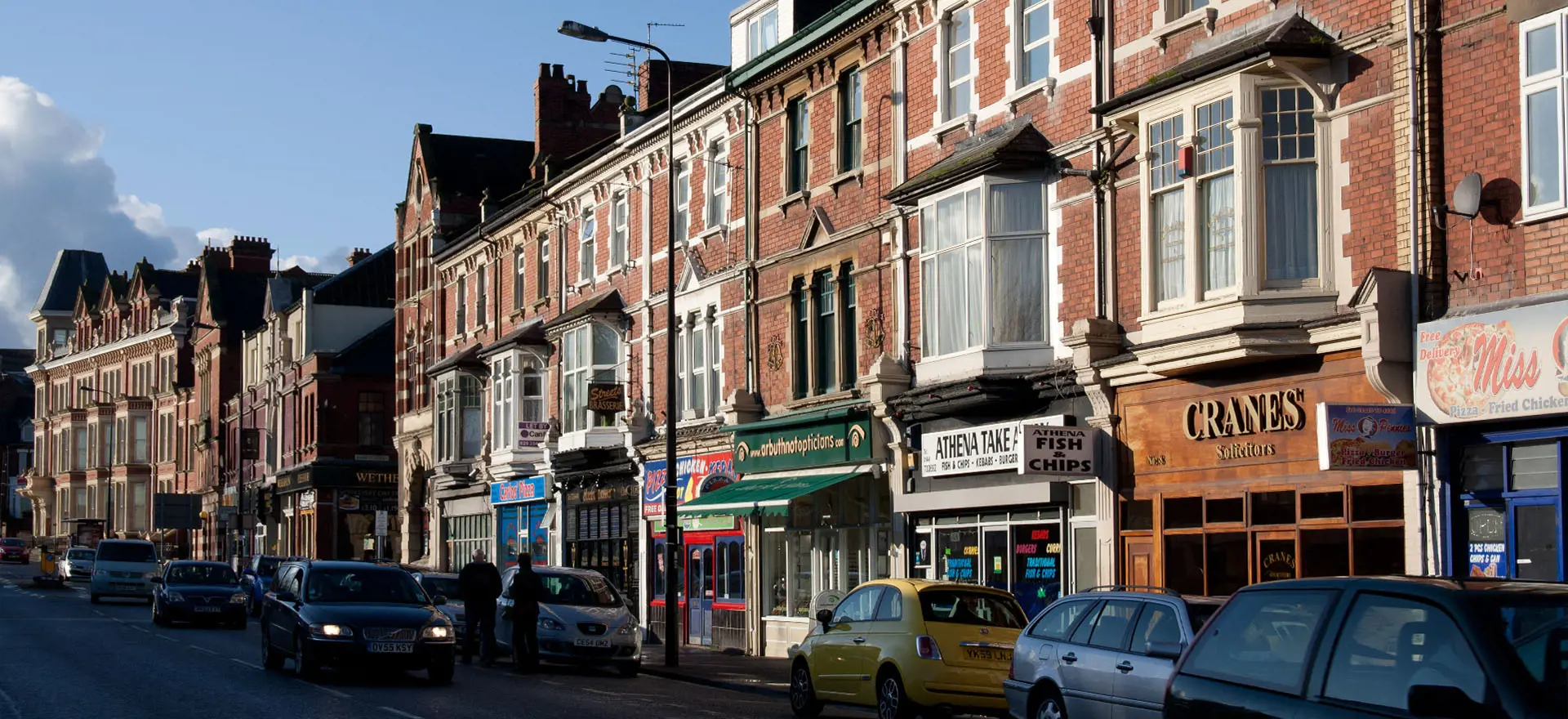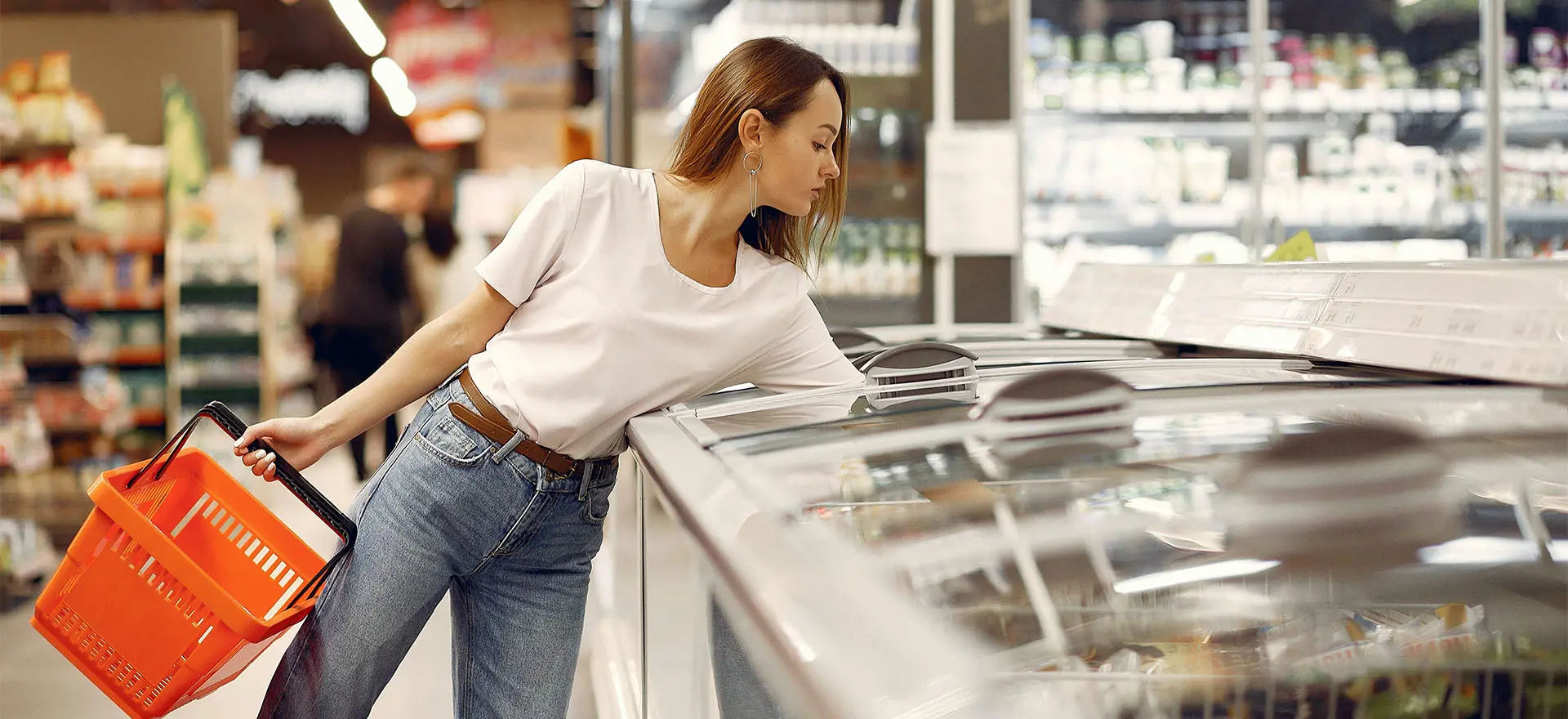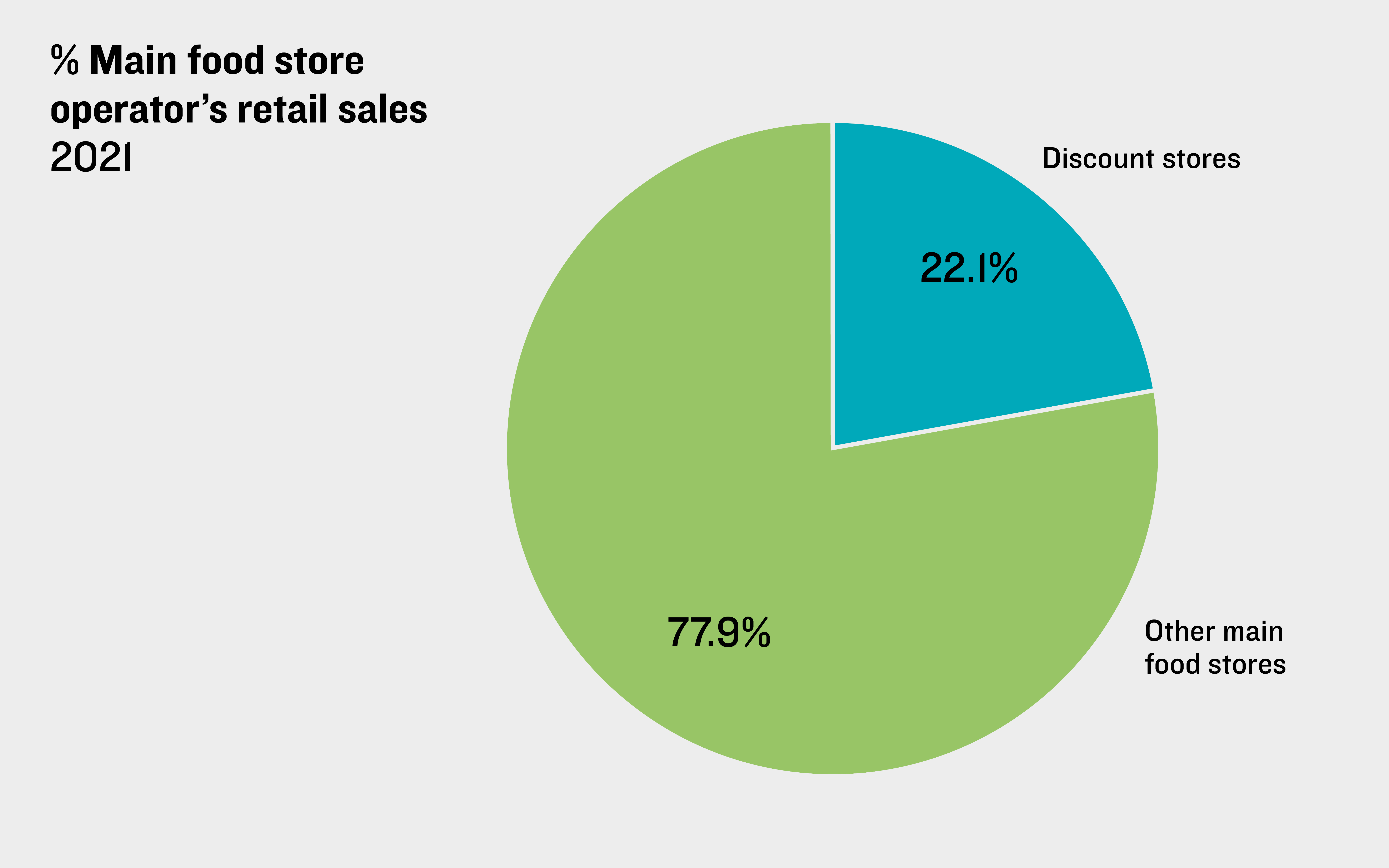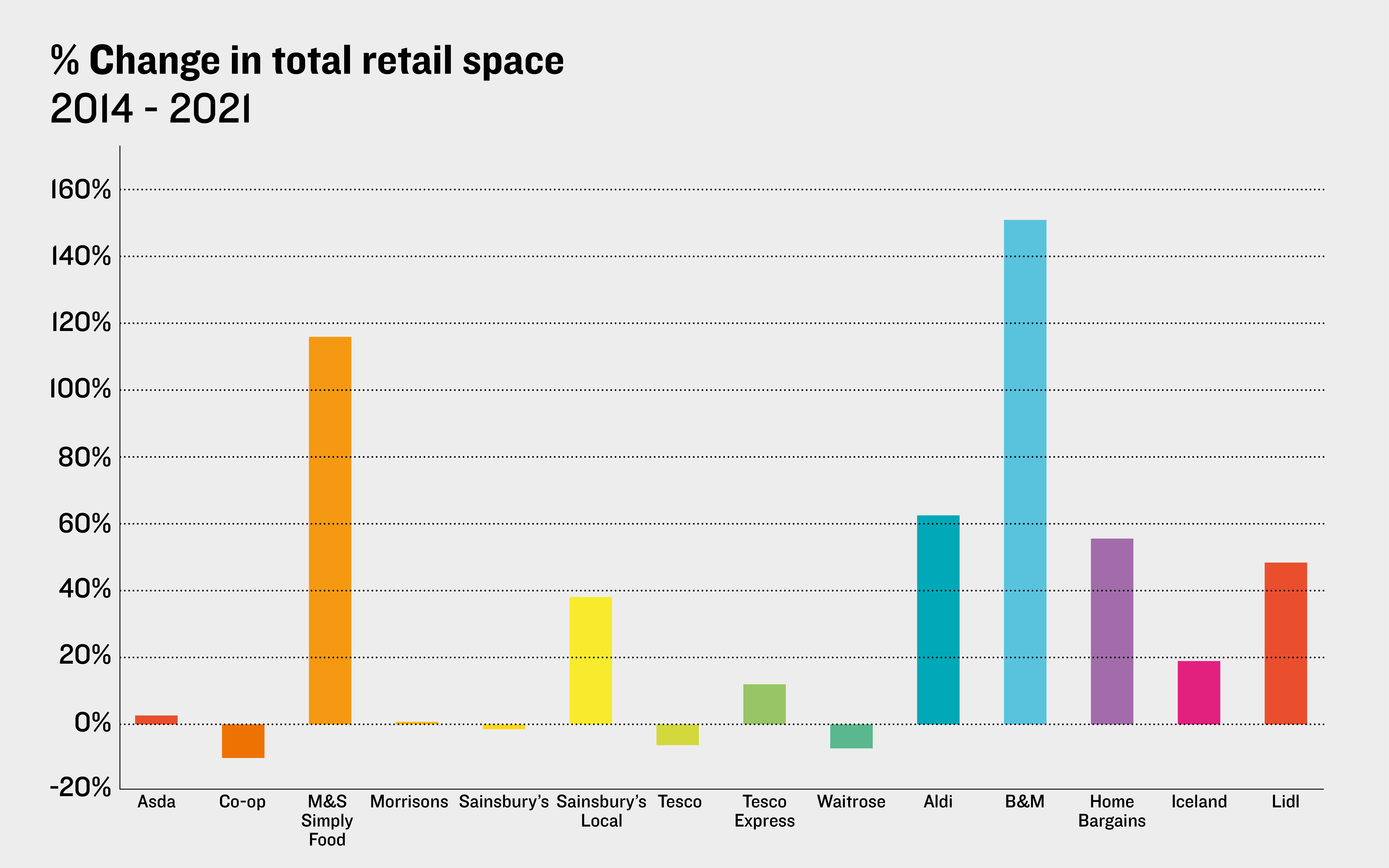On 2 May 2023, Welsh Government released a new position statement (‘Town Centres’) that offers up a series of actions and activities to support the ‘Town Centre First Policy’: a policy position integrated across existing national planning documents that seeks to focus the delivery of new development within town centres. But what was included in this position statement and what does it mean for the future of Welsh Town Centres?
Current Town Centre Policy in Wales
In recent years, Welsh Government has invested heavily in supporting Town and City Centres through a wide range of funding programmes. The most recent set of grants came last year when a further £100m of funding was be made available to support town centre regeneration between 2022 and 2025
[1] (see table below for a full list of funding generated since 2014).
This grant funding has been supported by strong planning policy in relation to town centres in Wales. ‘Town Centre First’ is a policy position that has been embedded into planning policy documents produced by Welsh Government (see Technical Advice Note 4
[2]) and in 2021 this position was bolstered through the introduction and publication of the National Development Framework for Wales (Future Wales: The National Plan 2040
3) which makes it clear that the sequential test applies to uses other than retail, recognising that successful town centres are diverse in their composition, and more than just shops.
The policy has also been worked into the previous and current iterations of Planning Policy Wales (Editions 10 and 11
[3]), whose purpose is to set out the detail of land use policies in Wales. The ‘Town Centre First’ approach requires local authorities to put
“the health and vibrancy of town centres as the starting point of locational decision-making”[4]. Although the policy has been a part of the wider planning framework within Wales for some time, its inclusion as a standalone policy (Policy 6) in the National Development Framework is a demonstration of further commitment to Welsh Town Centres.
This is not least given that the policy requires Strategic and Local Development Plans to now identify (through a sequential approach) the most appropriate town centre locations for “significant commercial, retail, health, leisure and public service facilities”4. That said, local authorities should act pragmatically when applying the sequential test, and not refuse planning permission based purely only on a proposal being located outside of town centre, when sites in such locations are not suitable nor available.
For those unfamiliar with Welsh planning policy, PPW and TAN4 broadly echo planning policy for town centres set out in the NPPF in England– though it also requires consideration of the qualitative and quantitative need for new development. In this context, Welsh local authorities are armed with a strong suite of planning policy tools (such as sequential and impact tests) to support town centre development and resist development in inappropriate locations or where a clear need cannot be demonstrated.
However, despite the above supportive policy context for Town Centres in Wales, many centres have experienced well documented
[5] challenges over recent years, and are still grappling with high levels of vacancy and low levels of property demand
[6].
The Position Statement: ‘Town Centres’
It is against this background that Welsh Government issued a new position statement (
Town Centres) on 2 May 2023 which identifies a series of actions and activities to be picked up through cross and local governmental interventions, beyond just the creation of new planning policy, that can support the delivery of the already embedded Town Centres First policy.
The actions and activities can be split into three categories and are summarised as follows:
1. Town Centre First Policy
-
Re-location Plan: The development of a long-term plan for the location of a diverse range of public services into town centres, supported by asset management strategies and governance structures of public bodies;
-
Public Sector Spending: Development of a better understanding of the revenue and capital spending and procurement frameworks of key public sector institutions (eg health, education bodies) to ensure that they are aligned with the Town Centre First policy; and
-
Housing Consortia: Establishment of ‘consortia’ of social landlords and private developers to support and encourage town and city centre living.
2. Policies relating to Out of Town and Connectivity
-
Planning Power and Re-Use: Strengthening the implementation of the Town Centre First policy in planning, and empowering local planners to refuse developments which do not meet policy requirements and to plan for the adaptive re-use of out-of-town developments;
-
Transport Plans: Ensuring that Regional Transport Plans take into account the Town Centre First policy; and,
-
Sustainable Transport: Exploration of “demand management” schemes to support change in the way we travel, address carbon targets and support investment in sustainable transport.
3. Joined Up Delivery:
-
Placemaking Plans: Ensuring that the
Transforming Towns Programme is targeted at the places where it can support transformational opportunities and under a placemaking plan which has been developed locally;
-
Specialist Body Functions: Development of options to support the delivery of specialist support, including the future remit of the
Design Commission for Wales; and
-
Climate Considerate: Identification of opportunities to ensure Green Infrastructure and nature-based solutions, using circular economy principles, are embedded, and prioritised in decision-making when undertaking works in public spaces within town centres.
Position Statement and Planning Highlights
The statement looks to support the longer term and more joined up planning of urban centres, through providing a series of planning and non-planning focussed cross-governmental and sector-specific actions, that can help ensure a Town Centre First approach is taken by both the public and private sectors well before proposals are appraised against national policy. Some of the actions within the statement seem to be more geared towards the planning industry, and noteworthy amongst these are:
-
The encouragement of Placemaking Plans for local adoption;
-
Supporting the adaptive re-use of out of centre developments; and
-
Supporting Local Authorities to refuse inappropriate development.
It is encouraging that the position statement looks to support local Councils in ways that go beyond the financial support provided in recent years, as alluded to above. Some Welsh councils have very clear city centre regeneration programmes, such as Swansea
[7], while others, including Wrexham
[8], have specific town centre focussed supplementary planning documents or masterplans, that recognise the challenges facing city and town centres. However, this is far from universal and many Councils are yet to properly acknowledge and lead the drive to repurpose their Town Centres in order to address their changing role and function. The position statement recognises that this is the case and that more targeted support, including a greater emphasis on Placemaking Plans and officer empowerment, is required to support the Town Centre First policy position.
The position statement’s reference to the re-use of purpose built out of town centre developments may also present opportunities and it will certainly be interesting to understand if and how current policy positions can be adapted to support and encourage change.
A ‘Town Centre First’ Approach Beyond Planning
Besides the planning focussed highlights, this position statement offers a whole host of cross-sector actions to support what is considered to be a key policy tenet for Welsh Government (given its specific inclusion as Policy 6 within the Future Wales: National Plan 2040) outlined above. These interventions, actions and proposals Planning policy and top-down Welsh Government intervention are only two aspects of a complicated matrix of policy, plans and stakeholders that influence the development of our Town Centres.
The statement is seeking systemic change to ensure that a Town Centre First approach is taken at every stage of the built environment development process, acknowledging the importance of climate considerations in urban centres and the complexities of public sector spending. It is ambitious; but if effective could enable a pro-active rather than re-active approach to town centre planning and regeneration.
Where From Here? The Next Steps
The actions set out within position statement are intended to support the overarching intentions of Town Centre First policy and now a timeline and demonstration of how each action would be implemented and prioritised is needed. These actions could be achieved through alterations to national or local policy or via the reporting and monitoring of consequential development management decisions including their impacts on physical development and overall town centre health and vitality indicators.
As part of exploring the actions, it will also be important to re-consider how town centre boundaries are drawn. The successful implementation of Town Centre First policy and some of the future plans outlined within the position statement will be reliant on correct and appropriate town centre boundaries. These need to be flexible enough to contract, and alternative uses supported where vacancy levels may be higher, but also allowed to grow as commerce in successful town centres flourishes.
In the event, a combination of effective policy and focussed grant funding, supported through the actions in Welsh Government’s recent position statement, could be the trick to helping to revive high streets across Wales.
[1] Transforming Towns Fund, Welsh Government [September 2022]
[2] Technical Advice Note 4, Retail and Commercial Development [November 2016]
[3] Planning Policy Wales, Edition 11 [February 2021]
[4] Future Wales: The National Plan 2040 – Policy 6 – Town Centre First, p. 71 [February 2021]
[5] Lichfields Blog: Broadening Horizons – Retail and Leisure Post Covid [April 2023]
[6] Welsh Retail Consortium Figures from their Recommendations to the Welsh Budget [November 2021]
[7] See Swansea Council City Centre Improvement Schemes and Strategies Page here
[8] See Wrexham Town Centre Masterplan [Adopted April 2016]











